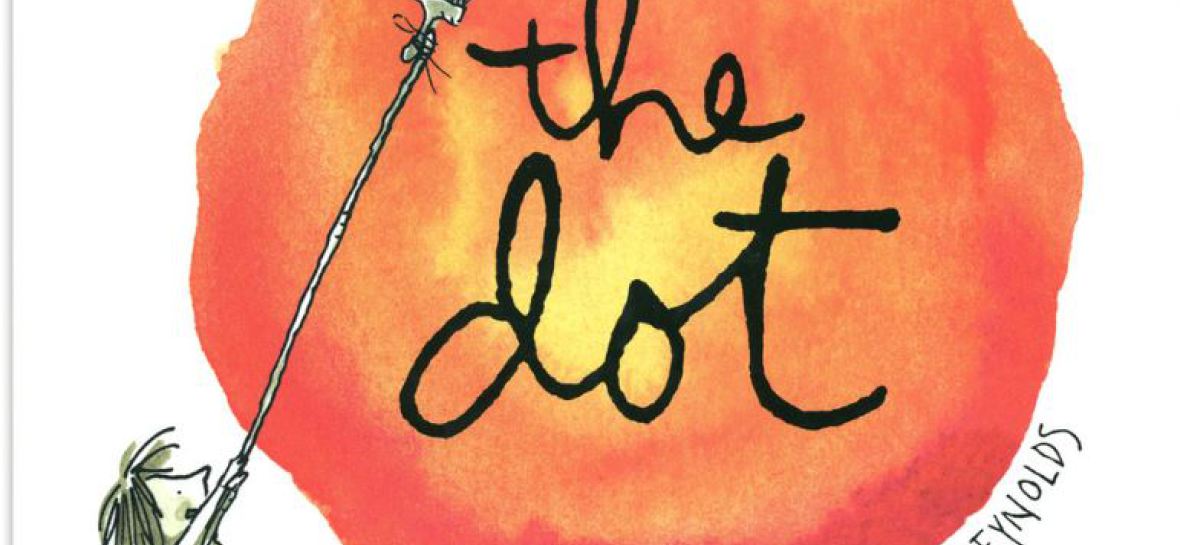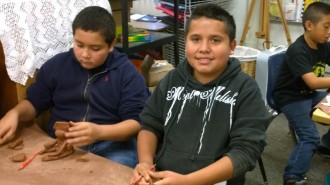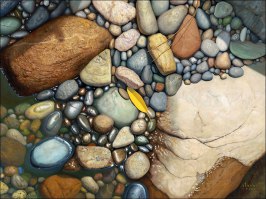

Star Catchers, Fifth Graders' CAFE
C...Creating
Experiment and develop skills in multiple art-making techniques and approaches through practice.
Demonstrate quality craftsmanship through care for and use of materials, tools, and equipment.
A...Articulating Artistic Process
Cite evidence about how an exhibition in a museum or other venue presents ideas and provides information about a specific concept or topic.
F... Finding Connections
E...Engage with the Art
Compare one's own interpretation of a work of art with the interpretation of others.
I Can Common Core
I Can Understand and Talk About What I Hear & See
I can engage effectively in discussions. SL.5.1
I can come to discussions prepared to share my ideas. SL.5.1
I can follow rules for discussions and complete my role. SL.5.1
I can pose and respond to questions in a discussion. SL.5.2
I can review key ideas and draw conclusions after a discussion. SL.5.3
I can summarize what I read, see, and hear. SL.5.2
I can summarize the points a speaker makes. SL.5.2
I Can Share What I Know
I can give a report in a logical sequence. SL.5.4
I can speak clearly and at a good pace. SL.5.4
I can use displays to help my presentations. SL.5.5
I can use formal English when appropriate. SL.5.6
I Can Write Different Types of Writing
I can write to persuade. W.5.1
I can write to teach. W.5.2
I can write to tell a story. W.5.3
I Can Make My Writing Better
I can write clearly. W.5.4
I can write for different purposes, audiences, and topics. W.5.4
I can edit and revise my writing with peers and teachers. W.5.5
With the support of adults, I can use technology to produce and publish writing
and to interact with and share ideas with others. W.5.6
I can use appropriate keyboarding skills to type two pages of my writing in a
single sitting. W.5.6
I Can Use Research to Help My Writing
I can conduct short research projects. W.5.7
I can research and use what I have experienced to gather information. W.5.8
I can use stories and nonfiction to research. W.5.9
I can write on a regular basis with stamina for different tasks, purposes, and
audiences. W.5.10In
In Art the art work is considered the text.
I Can Read Fiction
I can accurately quote from a text. RL.5.1
I can draw inferences when reading. RL.5.1
I can find the theme in a story. RL.5.2
I can tell how characters respond to problems. RL.5.2
I can compare and contrast characters, setting or events. RL.5.3
I Can Read Nonfiction
I can quote accurately from a text. RI.5.1
I can find the main idea. RI.5.2
I can find how the main idea is supported by details. RI.5.2
I can summarize what I have read. RI.5.2
I can tell how people, events, ideas or concepts are related. RI.5.3
I Can Understand Fiction
I can understand figurative language. RL.5.4
I can understand similes and metaphors. RL.5.4
I can understand the structures of stories, plays and poems. RL.5.5
I know how a narrator’s or speaker’s point of view influences a story. RL.5.6www.thecurriculumcorner.com
I Can Understand Nonfiction
I can understand science and social studies words. RI.5.4
I can compare and contrast texts. RI.5.5
I can compare and contrast two texts that tell about the same event or
topic. RI.5.6
I Can Use What I Know To Understand Fiction
I can explain how visuals contribute to a story. RL.5.7
I can compare and contrast stories from the same genre. RL.5.9
I Can Use What I Know To Understand Nonfiction
I can use texts to locate an answer or to solve a problem. RI.5.7
I can explain how authors support an idea. RI.5.8
I can put together ideas from different texts to talk about a topic. RI.5.9
I Can Read and Understand Fifth Grade Fiction RI.5.10
I Can Read and Understand Fifth Grade Nonfiction RI.5.10
I Can Use Phonics to Help Me Read Fifth Grade Words RF.5.3
I Can Read Fluently and Accurately RF.5.
Artful Teaching
Mrs. Schellenberg & Young Artists
Ralph Waldo Emerson's Poem: Success- to leave the world a bit better, whether by a healthy child, a garden patch or a redeemed social condition; To know even one life breathed easier because of you.
Thank you AT&T
We used the wiring for our artful galimotos




